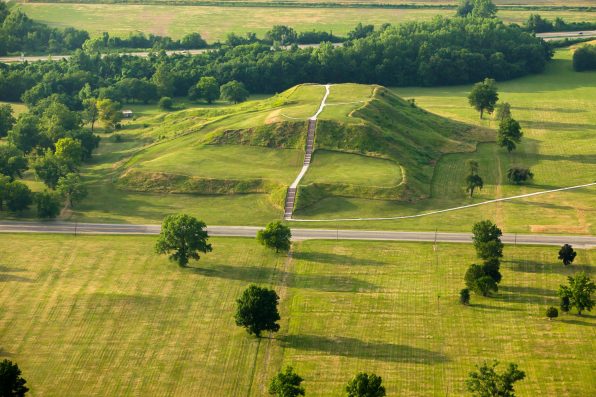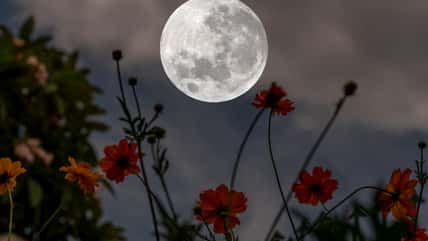Cahokia Was One Of The First Cities In North America, Located Near Modern-Day St. Louis, And Larger Than London In Its Heyday

A pre-Columbian metropolis named Cahokia was one of the first cities in North America. It was also very large, and in its heyday, it was bigger than many modern cities like London.
The city was spread out over six square miles and flourished from A.D. 1050 to 1500. It contained at least 120 mounds and a population of 10,000 to 20,000.
Cahokia was the largest pre-Columbian city north of Mexico. It was located across from the Mississippi River and today’s St. Louis. The inhabitants of Cahokia did not use a writing system, so the names of the people who built the mounds have been lost to time.
According to the Oklahoma Historical Society, the city was named after the Cahokia Indigenous people who occupied the area in the 17th century. However, they were not related to the original occupants.
Many archaeological finds have been made within the city, such as evidence of a caffeinated drink and a popular game called “Chunkey.” In addition, there were stone tablets carved with images and the remains of jewelry and headdresses, suggesting that the inhabitants were capable of advanced copper working.
Warmer temperatures may have aided the city’s growth. Temperatures around the globe were unusually warm at the time Cahokia was thriving. The higher temperatures resulted in increased rainfall across the American Midwest, allowing maize farming to prosper.
After 1200, which was around the time of a major flood, Cahokia began to decline. The settlement was abandoned by 1400. It’s unclear why the city fell, but it was thought the residents left after a drought caused crops to fail.
The idea was debunked when carbon isotopes in the soil at the site were studied. They revealed the plants had stayed consistent throughout the drought.
The people of Cahokia likely had irrigation or engineering skills to survive the drought. There may have been a storage system for grains, and the people could’ve eaten fish, deer, bears, birds, fruits, and nuts.

Kent – stock.adobe.com – illustrative purposes only
Most of Cahokia is buried under 19th and 20th-century developments, such as a highway and the city of St. Louis.
Throughout the past decades, efforts to preserve the remains have prevailed, and now Cahokia’s center is part of a state historic site.
At Cahokia, the best example of architecture is the “Monks Mound.” It is 100 feet tall and named for the group of Trappist monks who lived near it during ancient times.
The mound was built with four terraces, and its base covers roughly 17 acres. Large postholes at the top indicate that a wooden temple once stood in that spot.
Monks Mound was connected to a grand plaza and several smaller mounds via a wooden palisade that stretched for two miles.
A series of five circles sits to the west of Monks Mound. They were made of red cedar wood posts and probably served as a calendar to mark important dates.
Another mound less than a half mile south of Monks Mound contains the remains of 272 people. Many of them were sacrificed. In one instance, 39 people were lined up at the edge of a pit and executed one by one.
Since no written records about Cahokia exist, it’s hard for researchers to get a full picture of the lives of Cahokia’s residents.
Fortunately, there has been much archaeological evidence to help them fit some of the pieces together.
Sign up for Chip Chick’s newsletter and get stories like this delivered to your inbox.
More About:News





